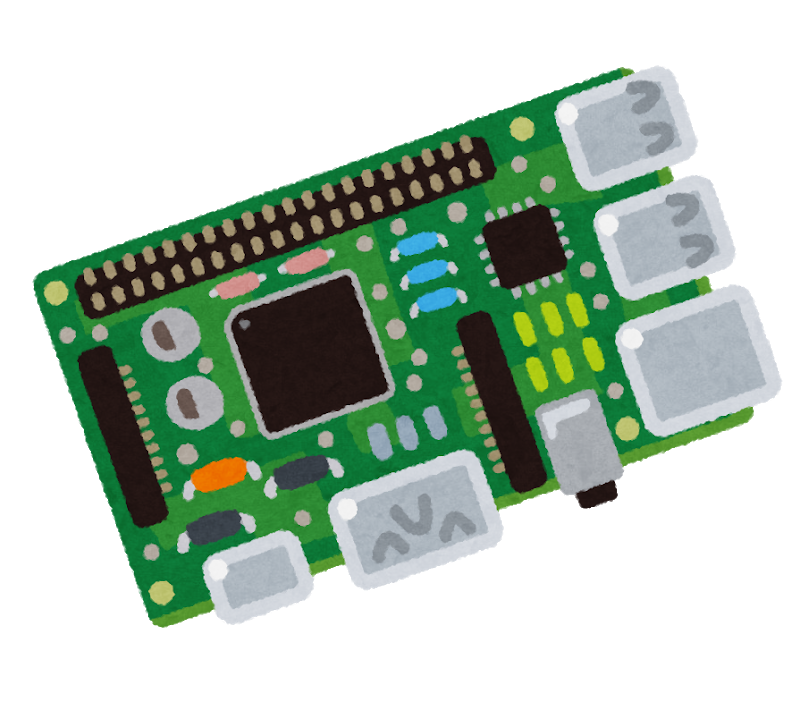

When I switched to webdev, I dropped $20 on a system admin Linux course on Udemy. I highly recommended this approach.


When I switched to webdev, I dropped $20 on a system admin Linux course on Udemy. I highly recommended this approach.


Forgejo - actively developed open source. It’s what powers Codeberg. Easy to set up and manage with Docker. I moved to it from Gogs and skipped Gitea after reading about the forks.


+1 for Uptime Kuma. I use it in conjunction with a tiny Go endpoint that exposes memory, disk and cpu. And, like @iii I use ntfy for notifications. I went down the Grafana/Influx etc route - and had a heap of fun making a dashboard, but then never looked at it. With my two Kuma instances (one on a VPS and one in my homelab) in browser tabs, and ntfy for notifications on my watch, I feel confidently across the regular things that can go wrong.


You can be logged into a website in one container, but in all the other containers you appear logged out. So you might want to have a Facebook container where you use Facebook, but then they’re not able to track your activity in the other containers.


Me in the break room stopping the microwave before the beeps:
Here future microwave user, have these free nine seconds I’m leaving you.
Me finding the timer is not cleared when I want to use the microwave:
Ugh, now I have to press the reset button before I can enter the length of time to warm my lunch. Who was the accursed person who left time on here?


Also disappointing to see such a click-bait-y headline from the Guardian.


It is only resolving for devices in the Tailnet. Kuma is checking they are all up, and this Ansible playbook is checking they have all their updates. I wouldn’t have thought that was an unusual arrangement - and it’s worked perfectly for about a year till about three weeks ago.
> go to the cinema
> empty.jpg
> Jay Kay comes in and sits directly in front of me


> afterallwhynot.jpg


Yes, this.


Thanks yes - that’s exactly what I needed.


Thanks - this is exactly what I needed.


Yes - we’re “I’ll let you use my electricity for your computer thing” friends, not “I’m okay with seeing your printer on my home network” friends.


Yes - it seems odd not to report both.


Spot on. I guess that’s one of those lead smurf hats.


Kavita is for ebooks - it’s not perfect, has some weirdness with series sometimes because of it’s manga heritage.


For me, AudioBookShelf is the clear standout for audio books, and I ended up going with Kavita for ebooks.
I have it in a git repo, broken down by the nodes and vps names. In each of these folders is a mixture of Ansible playbooks, docker compose or just markdown files with the descriptions. Some is random stuff - my VPS allows the export of the cloud firewalls as JSON for instance. All the secrets needed by Ansible are in an Ansible vault, the rest in KeePass.
Great job on the banner - I could hear the theme in my head.